Via the NY Times, benefits consultant Aon Hewitt released their 2012 Real Deal study about workers at large companies and their readiness for retirement. The study assumes that an employee will work at least 30 years with some large company, not necessarily the same one, and then retire around age 65 with Social Security kicking in. It does not reflect savings or other retirement assets outside of the employer-sponsored plans (IRAs, taxable brokerage accounts, etc). The key findings of the study are summarized below:
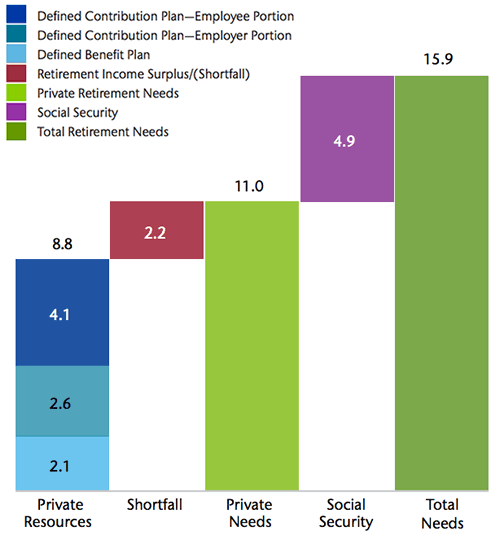
85% replacement ratio. Using various assumptions, they find that the average worker will need about 85% of their pre-retirement income to maintain their standard of living. I suspect that most of this number comes from the finding that you need to save about 15% of your income for retirement, and it assumes you spend everything else. Thus, after retirement you have the remaining 85% to cover.
Average employee needs to save 11 times pay. The amount needed at “retirement age” (~65) to cover retirement expenses through an average life expectancy (age 87 for males, age 88 for females) is 15.9 times pay. Social Security is estimated to cover 4.9 times pay. Therefore, the employer needs to save 11 times pay.
Average employee is expected to have 8.8 times pay. This is the sum of pension benefits, employer contributions to 401k/403b-type plans, and employee contributions to those plans. This leaves an average shortfall of about 2.2 times pay. 30% of people are on track or better, 20% are very far behind, and the rest are somewhere in in the middle.
I’m hoping that this study will have nothing to do with me as the idea of working full-time in a large corporation until 65 sounds quite horrendous. 🙂 The overall takeaway is that retirement will still happen for most people as long as they work until Social Security, even if it might not be as nice as they’d like it to be. 11 times final income seems a reasonable rule-of-thumb for this traditional definition of retirement, but using income as a multiplier is annoying to me because it locks you into the assumption of a 15% savings rate.
In terms of non-traditional early retirement, I still prefer the rough rule of saving about 30 times our annual spending for early retirement. Your savings rate will have to be much higher than 15%. If you spend $50k a year, you’d need to save $1.5 million. If you own your house and otherwise spend $2,000 a month, then you’d need to save about $720,000. Using this metric, lots of people could retire on less than a million dollars even today.
 As new parents-to-be, we have been exploring our options for paid and unpaid family leave from work. This is not meant to be an exhaustive list, but I was pretty surprised by all the possible permutations that you could do. I would add that while knowing your legal rights is important, I also support the idea of working with your employer and co-workers to make the process easier on everyone.
As new parents-to-be, we have been exploring our options for paid and unpaid family leave from work. This is not meant to be an exhaustive list, but I was pretty surprised by all the possible permutations that you could do. I would add that while knowing your legal rights is important, I also support the idea of working with your employer and co-workers to make the process easier on everyone.  Charlie Munger is best known as the long-time friend and business partner of Warren Buffett, and officially as the Vice-Chairman of Berkshire Hathaway. Even though he is Buffett’s partner in investing, Munger is different in that he does not enjoy the spotlight as much and is rather more blunt and cranky. For some reason that just makes me like him more. 🙂
Charlie Munger is best known as the long-time friend and business partner of Warren Buffett, and officially as the Vice-Chairman of Berkshire Hathaway. Even though he is Buffett’s partner in investing, Munger is different in that he does not enjoy the spotlight as much and is rather more blunt and cranky. For some reason that just makes me like him more. 🙂 The Daily Beast has an article
The Daily Beast has an article 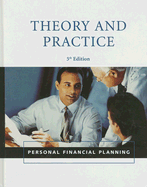
 Investments: An Introduction, Mayo
Investments: An Introduction, Mayo

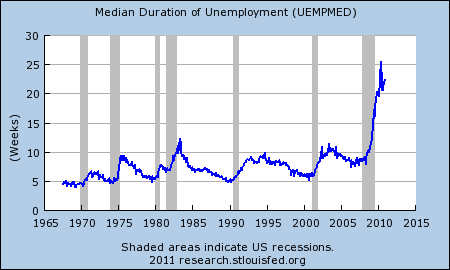
 While procrastinating today, I of course ran across a couple of tips on productivity and success that both powerful and very different.
While procrastinating today, I of course ran across a couple of tips on productivity and success that both powerful and very different. As a thirty-five year old mother of three, for the past decade I have been fully employed as a stay at home mom. When my first child was born I put my career aspirations and four year college degree aside to focus on raising our children. Before motherhood, I used to work as a graphic artist doing on-air graphics for a local TV station and a national satellite TV provider. Now that all the kids are all in school, with encouragement from friends and family, I recently started my own home based graphic art and design business. This is the story – or at least the first chapter – in a story which just began to be written about my home based business.
As a thirty-five year old mother of three, for the past decade I have been fully employed as a stay at home mom. When my first child was born I put my career aspirations and four year college degree aside to focus on raising our children. Before motherhood, I used to work as a graphic artist doing on-air graphics for a local TV station and a national satellite TV provider. Now that all the kids are all in school, with encouragement from friends and family, I recently started my own home based graphic art and design business. This is the story – or at least the first chapter – in a story which just began to be written about my home based business. 
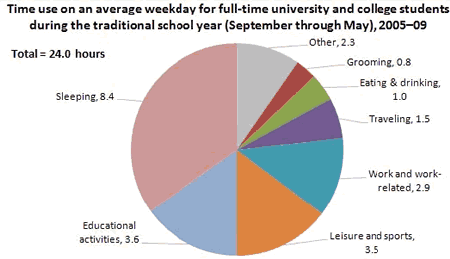
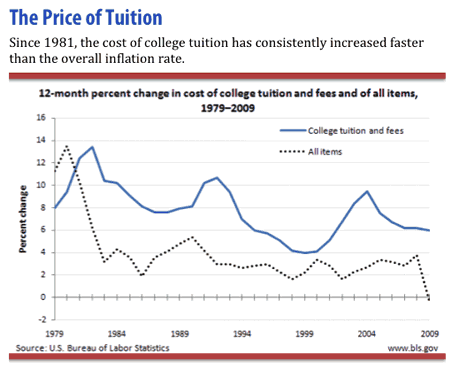
 The Best Credit Card Bonus Offers – 2025
The Best Credit Card Bonus Offers – 2025 Big List of Free Stocks from Brokerage Apps
Big List of Free Stocks from Brokerage Apps Best Interest Rates on Cash - 2025
Best Interest Rates on Cash - 2025 Free Credit Scores x 3 + Free Credit Monitoring
Free Credit Scores x 3 + Free Credit Monitoring Best No Fee 0% APR Balance Transfer Offers
Best No Fee 0% APR Balance Transfer Offers Little-Known Cellular Data Plans That Can Save Big Money
Little-Known Cellular Data Plans That Can Save Big Money How To Haggle Your Cable or Direct TV Bill
How To Haggle Your Cable or Direct TV Bill Big List of Free Consumer Data Reports (Credit, Rent, Work)
Big List of Free Consumer Data Reports (Credit, Rent, Work)